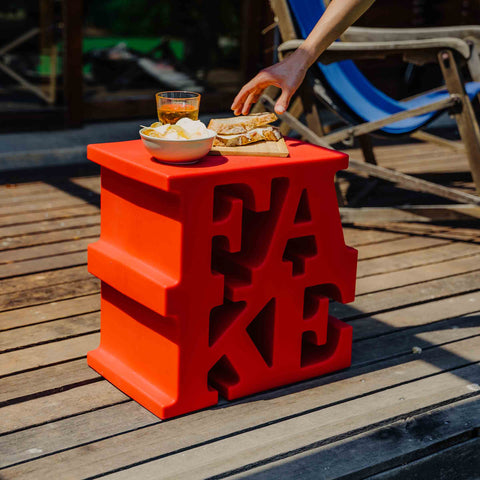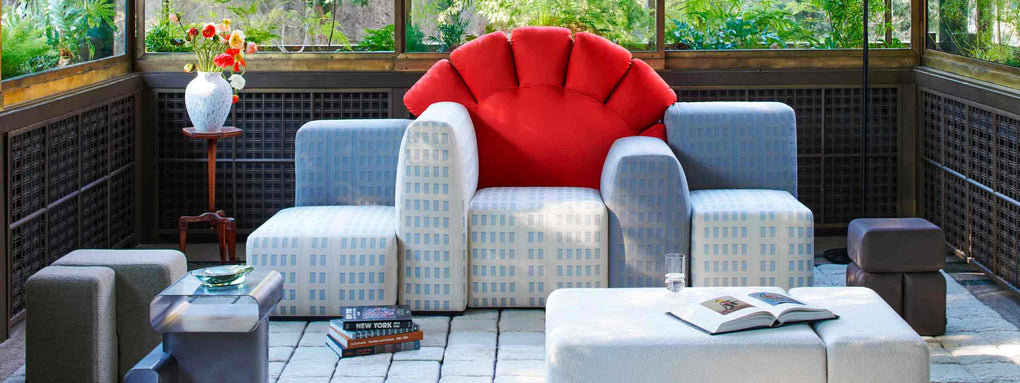INTERVIEW: STURM MILANO
The MAG - 07.23
By Cristina Morozzi
Sturm und Plastic, a name borrowed from the German literary movement Sturm und Drang of the second half of the eighteenth century, was founded in 1998 to breathe new life and forms into transparent plastic used by the historic mannequin company La Rosa S.P.A, established in 1922 in Milan and acquired in 2019.
In 2019, the company changed its name to become Sturm Milano, thus keeping its roots alive in Milan's manufacturing tradition and continuing to represent an important part of the city's history.
In the company profile, "Sturm und Plastic" is defined as a research and development laboratory where the aesthetics of new design blend with the functional characteristics of furnishings and accessories for living and working spaces. We spoke with Andrea Bertinotti, the company's art director, to learn more about it.
CM: What is the origin of your current path?
AB: To use only transparent polystyrene, obtained through blow moulding, to create a collection of high-end furnishings and accessories. These are unique pieces, each different from the others, born from a process similar to that of glass.
CM: Where do you produce?
AB: We make everything in-house, including moulds. We have our own network for sales targeted at furniture and gift shops.
CM: Do you collaborate with external designers?
AB: We rely on designers from the new generation who can share our spirit, sometimes ironic and irreverent, such as Claudio Bitetti, Uto Balmoral.
CM: What characterises your range of products?










